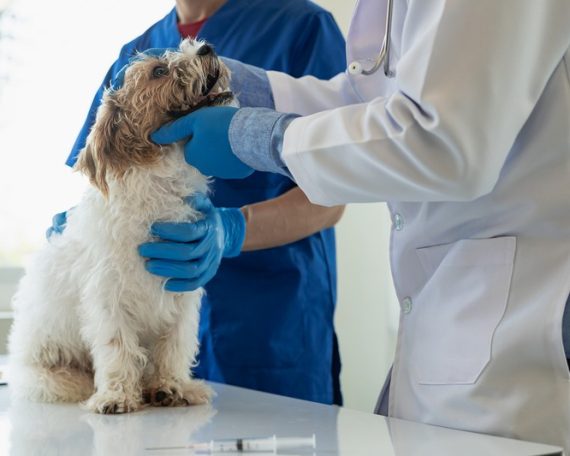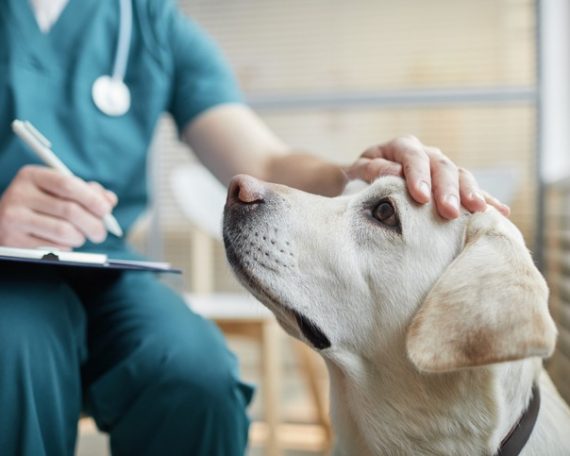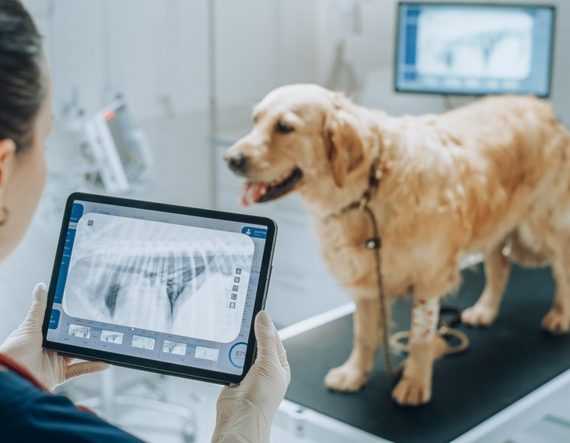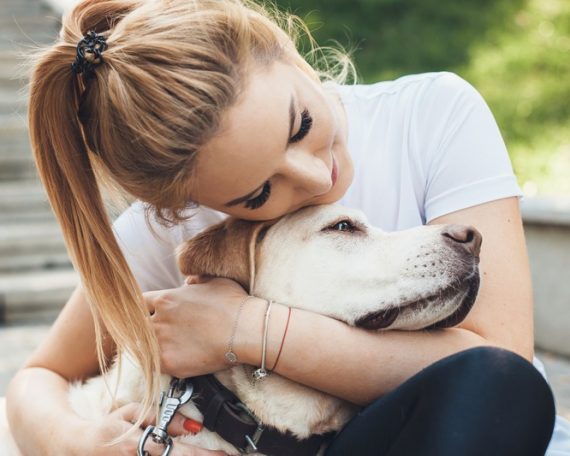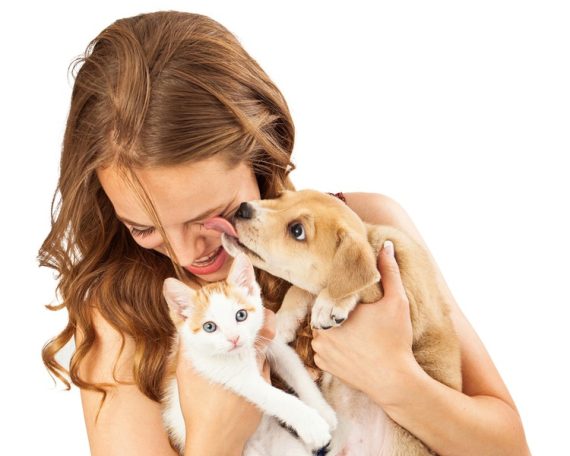How Can I Tell If My Pet Needs to See a Vet Urgently?
As a pet owner, the health and well-being of your furry friend is always a top priority. Knowing when your pet needs immediate veterinary attention can be the difference between a minor issue and a life-threatening emergency. Identifying urgent symptoms ensures you can get your pet the care they need as quickly as possible.
1. Unusual Behaviour or Extreme Lethargy
Any sudden change in your pet’s behavior is a red flag. If they’re uncharacteristically lethargic, depressed, or non-responsive, this could indicate a serious problem. While all pets have lazy days, an abrupt drop in energy, particularly if it’s coupled with a loss of interest in food or water, warrants professional evaluation.
2. Difficulty Breathing
Respiratory issues can escalate quickly in pets and can be a sign of heart failure, lung disease, or obstructions. If you notice your pet is coughing, wheezing, or panting excessively, it’s crucial to seek veterinary care urgently. Pay attention to the rhythms and sounds of their breathing — any deviations from the norm are cause for concern.
3. Persistent Vomiting or Diarrhea
While an occasional upset stomach may not be alarming, persistent gastrointestinal symptoms can lead to dehydration and nutrient deficiencies. Be alarmed if your pet:
-
Has vomited multiple times in a 24-hour period
-
Displays blood in their vomit or stool
-
Has diarrhea that doesn’t resolve within a day
If accompanying symptoms such as fever or lethargy are present, contact your veterinarian immediately.
4. Signs of Severe Pain
Pets often hide their pain, but signs that can’t be ignored can include yelping, shaking, excessive grooming (particularly in one spot), or resistance to touch. A sudden, intense reaction to being handled, or difficulty moving, can indicate a need for immediate medical attention.
5. Severe Injury or Trauma
It’s evident that a pet who has suffered a significant injury or trauma, such as being hit by a car, should be seen by a veterinarian straight away. Even if they appear to be acting normally, there could be internal injuries that aren’t immediately visible.
6. Seizure Activity
Seizures in pets can be a symptom of epilepsy, but they can also be indicative of poisoning, neurological disorders, or other serious conditions. If your pet experiences a seizure, especially if it’s a first-time event, it needs to be evaluated by a veterinarian as soon as possible to establish the cause and appropriate treatment. Every pet owner hopes never to face an emergency, but it’s important to be prepared if one arises. Familiarize yourself with the signs that your animal companion needs help, and keep the contact information of your local veterinary clinic, as well as a facility like the ones seen in https://www.stlouisanimalemergencyclinic.org/site/home, easily accessible in case you need to act quickly.
7. Eye Issues
Eye problems can also signify that a trip to the vet is necessary. Look out for symptoms such as:
-
Noticeable cloudiness or change in eye color
-
Persistent scratching or pawing at the eye
-
Sudden onset of blindness or bumping into objects
Don’t delay in seeking veterinary help, as some eye conditions can result in permanent damage if not treated promptly. Knowing when to rush to an emergency vet is critical. While the above situations are indicators of urgent health issues, they are by no means the only reasons for immediate veterinary care. Trust your instincts—if something doesn’t seem right with your pet, it’s better to err on the side of caution.
8. Difficulty Urinating or Defecating
Problems with urination or defecation can be signs of blockages, infections, or other serious issues. If your pet is straining, making frequent attempts with little to no success, or crying out in pain, it’s time for an urgent vet visit.
9. Pale Gums or Jaundice
Gum color is a good indicator of your pet’s circulation and oxygenation. Pale or white gums can signify blood loss or shock, while yellow gums, otherwise known as jaundice, can indicate liver issues or other organ problems. Quick veterinary intervention is critical when you observe these symptoms.
10. Suspected ingestion of Toxins or Foreign Objects
If you suspect your pet has ingested something toxic, such as antifreeze, rat poison, certain plants, or human medications, don’t wait for symptoms to appear. Similarly, if your pet has eaten a foreign object that could cause an intestinal blockage, immediate veterinary care is essential.
For complex medical conditions, sometimes a specialist’s intervention from a professional soft tissue veterinary surgeons in St. Louis, MO, is necessary. These professionals have the advanced training and expertise to handle emergencies involving soft tissue and provide the specialized care your pet might need.
Wrapping Up
Assessing the urgency of your pet’s symptoms can be challenging, but knowing which signs warrant immediate veterinary care can save their life. Stay observant, be aware of changes in your pet’s behavior or physical condition, and don’t hesitate to take action if you notice anything alarming. Your prompt response to these situations can ensure your pet gets the help they need when every second counts.



